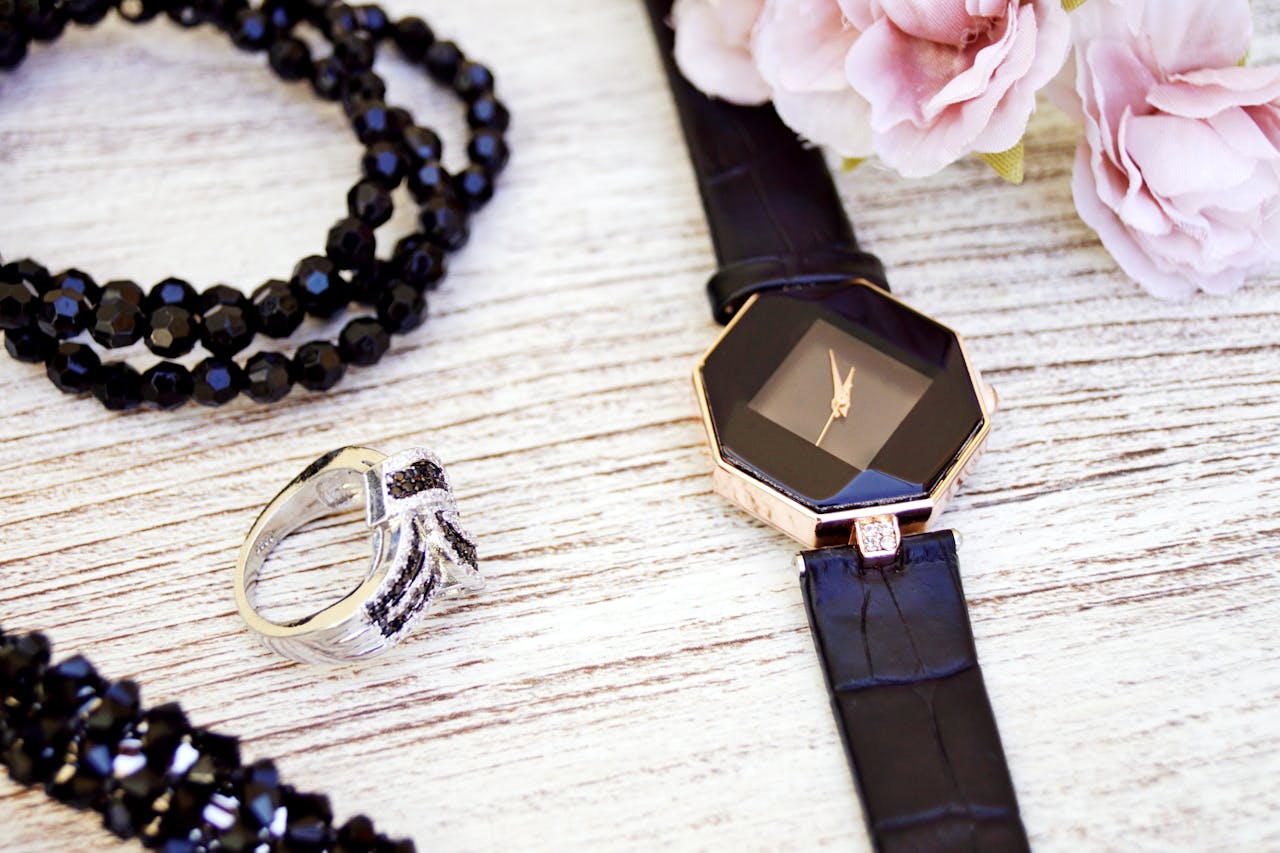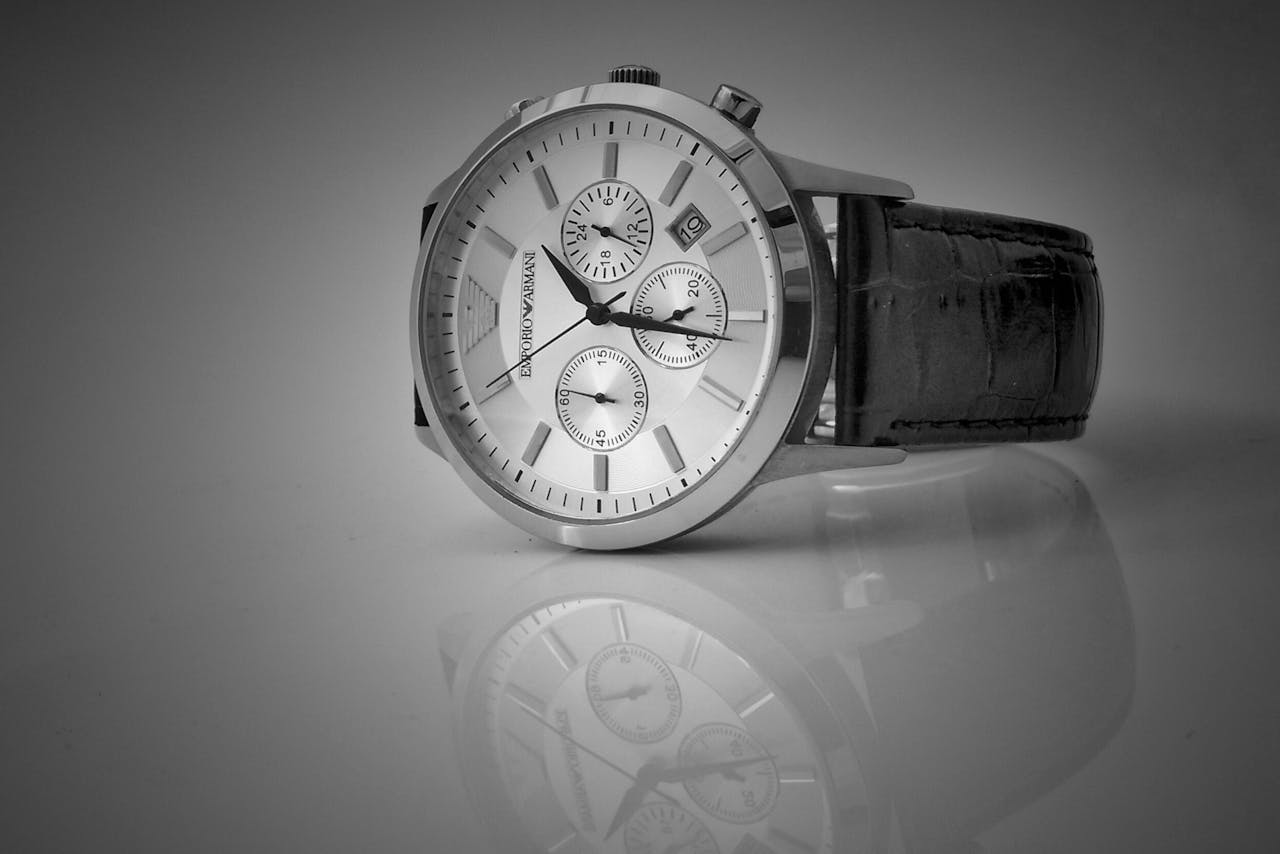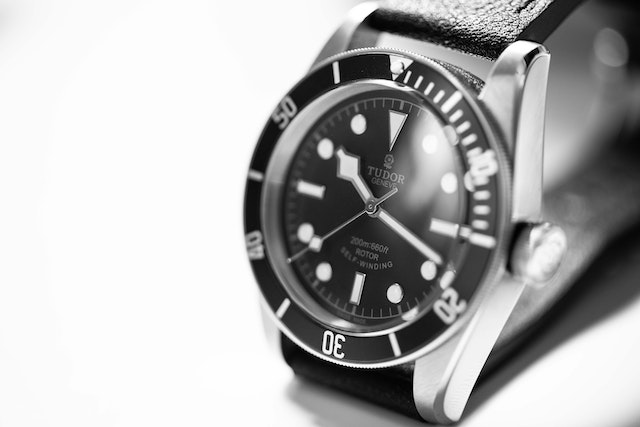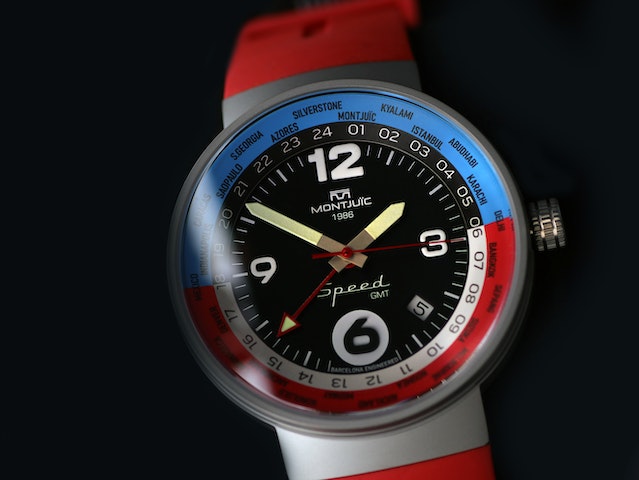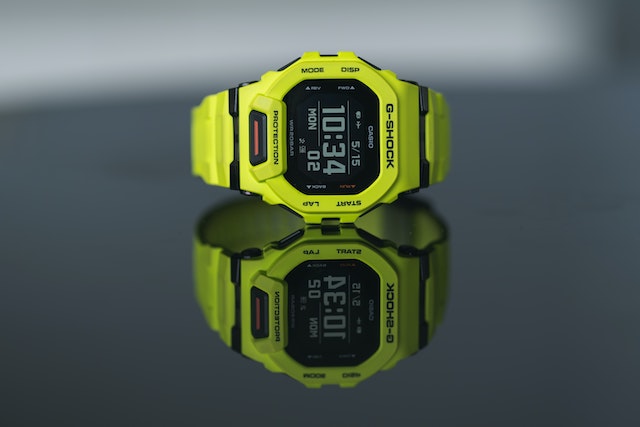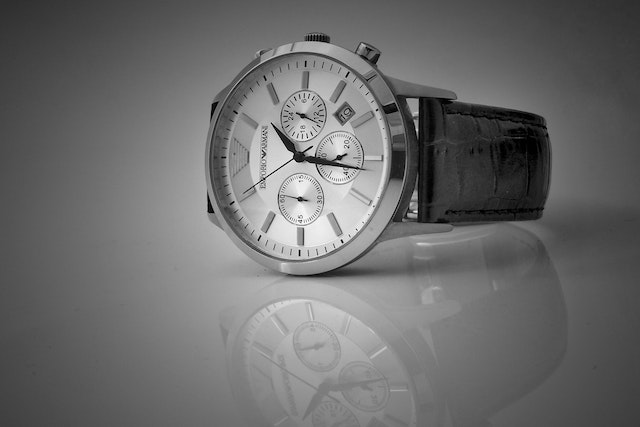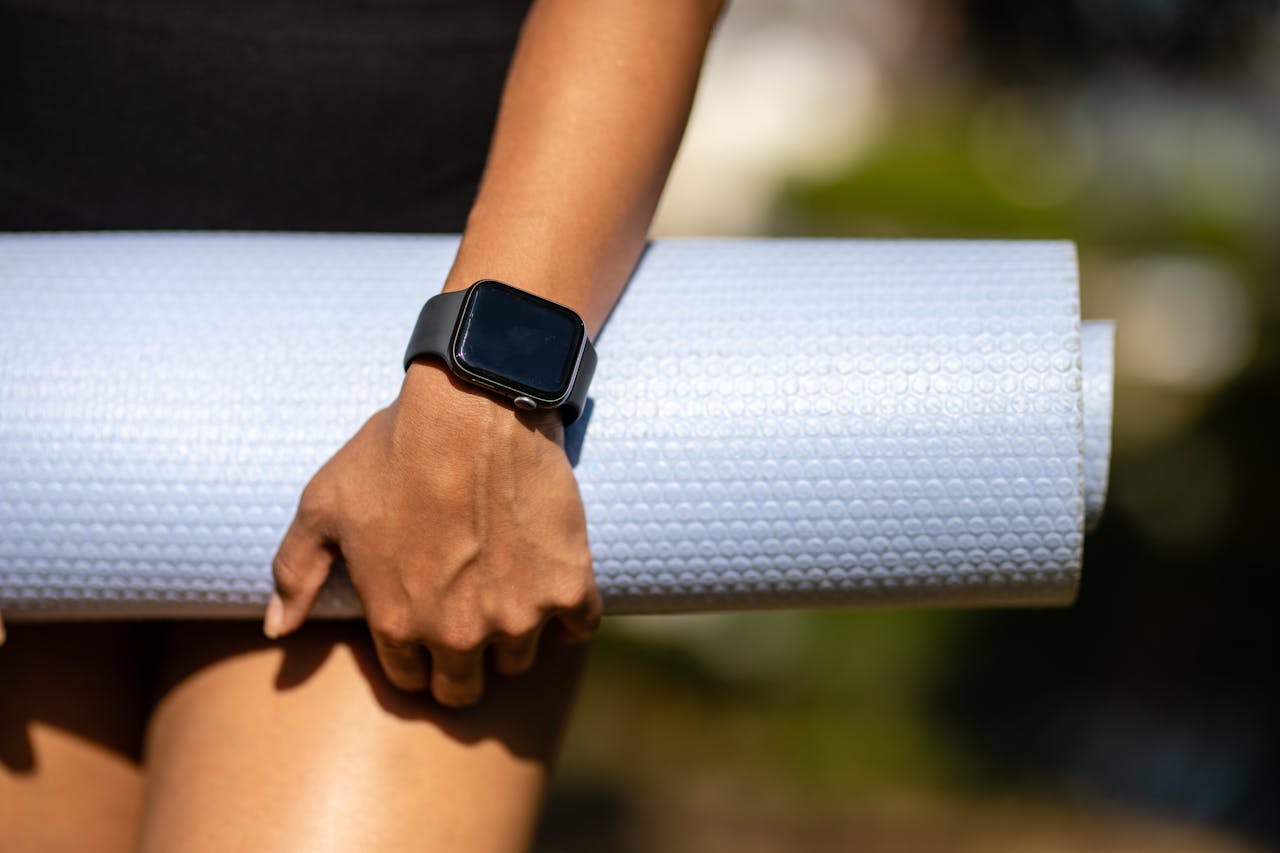
With the growing popularity of fitness tracking technology, it can be overwhelming to choose the right fitness tracker watch that suits your needs. From basic step counting to advanced health metrics, the variety of features available can make the decision-making process complicated. This article will guide you through the most important aspects to look for when choosing a fitness tracker, including the key features, their accuracy, robustness, and suitability for different activities.
1. Purpose and Use Case
The first step when selecting a fitness tracker is to identify what you want to achieve with it. Are you focused on weight loss, improving athletic performance, or simply tracking your general health? Different fitness trackers cater to different needs. For example:
- General Wellness: If you’re looking to track basic metrics like steps, heart rate, and sleep, a simple tracker with core features like the Fitbit Charge or Xiaomi Mi Band might be sufficient.
- Athletic Performance: If you’re a serious athlete, you’ll need a tracker that can measure more advanced metrics, such as VO2 max, GPS tracking, and running dynamics. Models like the Garmin Forerunner or Coros Pace excel in this area.
- Health Monitoring: Some fitness trackers are designed for users with specific health concerns. Devices like the Apple Watch or Whoop Strap offer heart rate variability (HRV) tracking and advanced sleep analysis to help with recovery and overall health.
2. Key Features to Look For
When shopping for a fitness tracker, certain features should be a top priority. Here are some of the most important:
a. Heart Rate Monitoring
A reliable heart rate monitor is essential for assessing workout intensity and ensuring you’re staying within your target zones. Many fitness trackers now feature continuous heart rate monitoring, which provides data throughout the day, not just during exercise. This is crucial for tracking overall health trends.
Some of the most accurate heart rate monitors are found in Garmin, Polar, and Apple Watch devices. The accuracy of wrist-based heart rate monitors has improved significantly in recent years, but chest strap monitors are still considered more reliable for high-intensity workouts.
b. GPS Tracking
If you’re an outdoor runner, cyclist, or hiker, GPS functionality is vital for tracking distance, pace, and route without needing to carry your phone. GPS-equipped fitness trackers like the Garmin Forerunner or Polar Vantage are excellent for precise location tracking.
Ensure that the tracker has multi-sport tracking if you participate in various activities. Some trackers can automatically recognize your activity, while others require you to manually select the workout mode.
c. Sleep Monitoring
Understanding your sleep patterns is essential for optimizing recovery. A sleep tracker monitors the different stages of your sleep cycle, including light, deep, and REM sleep. Fitness trackers like the Oura Ring and Fitbit Charge provide detailed sleep analysis, including insights on sleep quality and tips for improvement.
d. Battery Life
Battery life is one of the most practical features when choosing a fitness tracker. Some trackers need to be charged every night, while others can last for days or even weeks. Fitness trackers like the Garmin Fenix series can last up to two weeks on a single charge, while devices like the Apple Watch require daily charging.
Consider how often you want to charge your device and whether you need a long-lasting battery for long outdoor activities, such as hiking or running ultra-distances.
e. Water Resistance
If you plan on using your fitness tracker while swimming or during water-based activities, look for one with water resistance. Many fitness trackers are rated with IP68 or 5 ATM, meaning they can be submerged in water for a certain period without damage. Some advanced models, like the Garmin Swim or Apple Watch Series, are specifically designed for swimming, offering lap counting, stroke analysis, and more.
f. Activity and Fitness Tracking
A comprehensive fitness tracker should monitor a wide range of activities, such as walking, running, cycling, yoga, and even weightlifting. Choose a tracker that allows you to log your preferred activities.
Advanced metrics may also include VO2 max, cadence, stride length, and running dynamics, all of which are beneficial for runners and cyclists. Devices like the Garmin Forerunner and Polar Grit are packed with such data.
g. Smart Features
Many fitness trackers double as smartwatches, providing functionalities like notifications for calls, texts, and app alerts. Smart features like music control, voice assistants, and even contactless payments can make your fitness tracker more versatile. The Apple Watch, for instance, offers seamless integration with the iPhone for a full smart experience.
3. Accuracy
Accuracy is crucial for most fitness trackers, as you rely on the data for health insights, workout performance, and progress tracking. However, accuracy can vary depending on the sensor technology used. Some trackers are more accurate for specific metrics:
- Heart Rate: Wrist-based heart rate monitors can sometimes underperform during high-intensity workouts compared to chest straps, though newer models like the Polar H10 chest strap and Apple Watch have made strides in this area.
- Step Counting: Most fitness trackers provide reasonably accurate step counting, but some, like the Fitbit Charge and Xiaomi Mi Band, tend to outperform others due to their refined algorithms.
- GPS Accuracy: GPS-enabled trackers are usually highly accurate for outdoor activities. However, if you run in areas with poor satellite visibility (like dense forests or urban canyons), the GPS signal may be less reliable. Models like the Garmin Fenix 7 have been praised for their superior GPS accuracy.
4. Robustness
Fitness trackers need to be durable, especially for athletes or outdoor enthusiasts who put their devices through harsh conditions. Look for a tracker that is shockproof, waterproof, and can withstand extreme temperatures. Devices like the Garmin Fenix series and Suunto 9 are built with robust designs suitable for tough environments.
Check for military-grade durability ratings (e.g., MIL-STD-810G), which indicate that the tracker has been tested to withstand extreme conditions such as drops, high humidity, and dust exposure.
5. Suitability for Different Activities
When choosing a fitness tracker, make sure it suits the types of activities you engage in regularly. Here’s a quick rundown:
- Running and Cycling: Garmin, Polar, and Coros offer models that cater to runners and cyclists with built-in GPS, cadence, and performance metrics.
- Swimming: Garmin Swim and Apple Watch are specifically tailored to swimmers, with lap counting, stroke detection, and underwater heart rate monitoring.
- Hiking and Outdoor Adventures: Garmin Fenix and Suunto 9 are perfect for hikers and outdoor adventurers with features like altimeters, barometers, and topographic maps.
- General Fitness: For general fitness, trackers like the Fitbit Charge or Amazfit GTR provide solid tracking for daily activities, basic exercise routines, and sleep monitoring.
6. Price and Value for Money
Finally, the price is an important consideration. Fitness trackers range from budget-friendly options to high-end smartwatches. While more expensive models come with premium features, such as better sensors and longer battery life, there are affordable options that still provide excellent value for the average user.
Conclusion
When choosing a fitness tracker, consider your activity level, the metrics that matter most to you, and your budget. Features like heart rate monitoring, GPS, water resistance, and battery life should be top priorities. Also, ensure the tracker you select aligns with your fitness goals and is built to last through the activities you enjoy. By focusing on the right features, you can find a fitness tracker that helps you monitor your progress and achieve your health and fitness goals.
